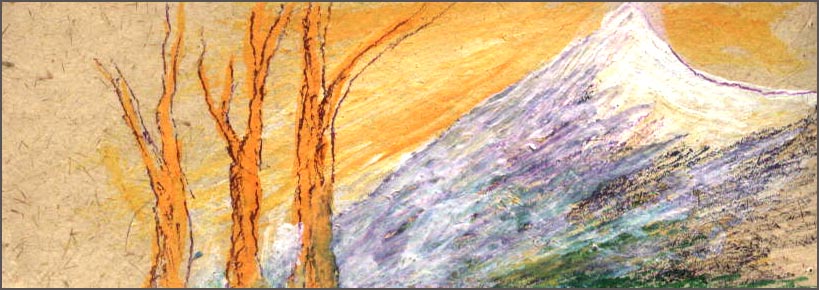

VISUAL RHYTHM IN STONES (A peep into Andhra Sculpture) Dr.Sanjiva Dev |
The medium of the Satavahana sculptures was mostly marble stone and most of the Amaravati sculptures are in relief. The art of sculpture is done in tow types - Round and Relief, in relief. In relief sculpture the figures stand out on a flat background; there would lie no empty space between the foreground and the background of the piece of sculpture; the figures are not independent from the base on which they appear. This sort of relief-sculpture is more convenient for group composition instead of solo ones and thus the pieces of relief sculpture often are carved in horizontal format. In contrast with relief sculpture was executed in the round sculpture independent of any background; it stands surrounded by empty space and thus we can go around the sculpted figure; such type of round sculpture is more convenient in carving single figures instead of the group compositions; hence the format in such executions would be vertical instead of horizontal. The Andhra sculpture found at both Amaravati and Nagarjunakonda in the Krishna Valley in Guntur district is of the relief type. Most of these lithic masterpieces are noble in theme, aesthetic in appeal, empathetic in feeling; they vibrate with living rhythm; unless those master craftsmen were poets they could never produce such marvelous visual poems in stone; both at Amaravati and Nagarjunakonda, each piece of the sculpted stone is a silent poem indeed. |
Often these art pieces illustrate the Buddhist Jataka stries of past lives of Buddha when he lived as Bodhisatva.Amaravati sculptures are solemn in both theme and treatment and hence they are epics while those of Nagarjunakonda are subtle and refined in expression and technical dexterity and hence they are lyrics. The former were, to a greater extend, esoteric while the latter erotic. Such great artistic perception, conceptions,and extensions are rarely to be found in other than the magnificent Andhra sculptures created in these Buddhist centers of the Krishna Valley. If we are inclined to make a lovely contrasting comparison between the art of sculpture and that of dance it would be apt to say that sculpture is the non-moving dance while dance is the moving sculpture. After the schools of the Sathavahana,Ikshwaku,Vishnukundi,Pallava, Vengi,Chalukya sculptures,the name of the Kakatiya sculpture stands prominent in Andhra. It especially is a Saiva sculpture, grand and fine in many ways not found in other branches of Andhra sculpture. Its specialityliesa in its greatness displayed in executing both the megalithic and microlithic asterpices with equal artistic perfection. The artists were mortals like all other living beings and hence they died like all other living beings but they remained immortals, |
unlike other living beings, in their magnificent artistic creations.The great creators of the great masterpieces did perish while their enchanting creations did not and thus those masters are visible to us everlastingly in the living rhythms of their immortal creations manifest through diverse media of aesthetic expressions. Man is logical, man is psychological, ethical and aesthetic.But the ceases to have all the other mental faculties when he ceases to be aesthetic. He should appreciate, admire and adore the Beautiful along with the True and the Good. |